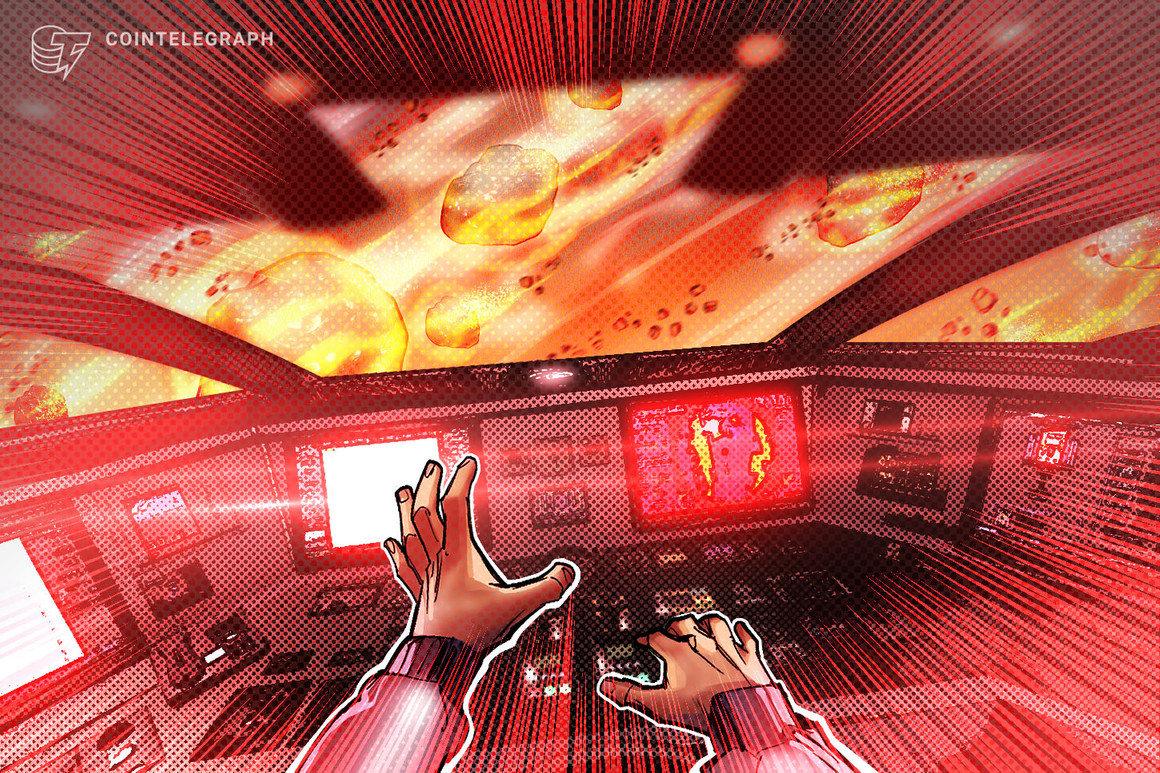The world’s third-largest cryptocurrency exchange, FTX, started the year with a $400 million Series C funding round, taking its valuation to over $32
The world’s third-largest cryptocurrency exchange, FTX, started the year with a $400 million Series C funding round, taking its valuation to over $32 billion. Ten months later, the crypto exchange is staring down the possibility of bankruptcy after its bid to be acquired by Binance failed.
FTX was seen as one of the largest global crypto players as it established itself with multiple mainstream brand and sponsorship partnerships and billions in fundraising. The crypto exchange’s finances were never in question, given it bailed out multiple lending firms during the crypto contagion in the second quarter of 2022. However, things took a wild turn in the second week of November.
It started with a report about Alameda Research’s illiquid FTX Token (FTT) holdings and the discrepancy in the market cap of FTT. The liquid market cap of FTT tokens was about $3.35 billion, while Alameda held about $5.5 billion worth of FTT in collateral and debt leverages.
The report was followed by Binance CEO Changpeng Zhao taking to Twitter to announce that they are liquidating all their FTT holdings which the exchange received as part of its exit from FTX equity last year. Binance received roughly $2.1 billion cash equivalent in Binance USD (BUSD) and FTT. However, more than the liquidations, it was the wording of Zhao’s tweet that drew attention. He said that they don’t support people who “lobby against other industry players behind their backs.”
Liquidating our FTT is just post-exit risk management, learning from LUNA. We gave support before, but we won’t pretend to make love after divorce. We are not against anyone. But we won’t support people who lobby against other industry players behind their backs. Onwards.
— CZ Binance (@cz_binance) November 6, 2022
Zhao’s sly against Sam Bankman-Fried and his lobbying efforts against the decentralized finance (DeFi) market created a panic in the market, leading to heavy selling of FTX’s native token, FTT. Bankman-Fried came out the next day to ensure that everything was fine with the exchange and that a competitor was creating FUD. However, that didn’t help Bankman-Fried’s case or the decline of FTT as the token continued to bleed and the price fell below $20, putting pressure on FTX.
Just a day after assuring the crypto community that everything was fine and FTX had the funds to back customers’ assets, Bankman-Fried announced that FTX was in a deep liquidity crisis and that it was working on a plan to sell its global exchange to Binance. Some 48 hours later, Binance said that after looking at FTX’s internal books, it realized the situation was too advanced for it to help and backed out of the deal.
As a result of corporate due diligence, as well as the latest news reports regarding mishandled customer funds and alleged US agency investigations, we have decided that we will not pursue the potential acquisition of https://t.co/FQ3MIG381f.
— Binance (@binance) November 9, 2022
Another report stated that Bankman-Fried asked for $8 billion in emergency funding to make up for user’s withdrawals, indicating there was misappropriation of user funds as well.

Looking at the numbers, it is clear why Binance decided to withdraw from the deal, as the $8 billion shortfall represents almost 20% of the Binance market cap after the recent slump.
Recent: Maintaining decentralization: Are custody services a threat to DeFi protocols?
Rob Viglione, CEO at Web3 infrastructure firm Horizen Labs, told Cointelegraph that the ongoing scenario could never happen in traditional finance as the United States Federal Deposit Insurance Corporation(FDIC) and Federal Reserve system provide regulatory oversight and act as a backstop. In the case of FTX he stated:
“Here we had a web of financial obligations sitting on top of a volatile digital asset, FTT, that people seemed to forget can lose all liquidity in a crisis. The proximate reason, though, seems to be something akin to financial warfare in that a major holder, Binance, decided to suddenly dump all of their holdings on the spot market at once. This was done intentionally to crash the price and to collapse the web of financial obligations that ran across multiple organizations, probably in full recognition that many people would be hurt in the process.”
When Bankman-Fried said the exchange was liquid, it may indeed have been the truth. The only problem being the exchange was heavily liquid in FTT, which it was also using extensively as collateral.
Jonathan Zeppettini, strategy lead at Decred, called the FTX saga the crypto industry’s Lehman Brothers moment of this cycle, telling Cointelegraph:
“It looks highly likely that a run on the exchange has revealed them to be operating on a fractional reserve basis after engaging in rehypothecation of customer assets to effectively bail out Alameda Research, the prop trading firm that…
cointelegraph.com
